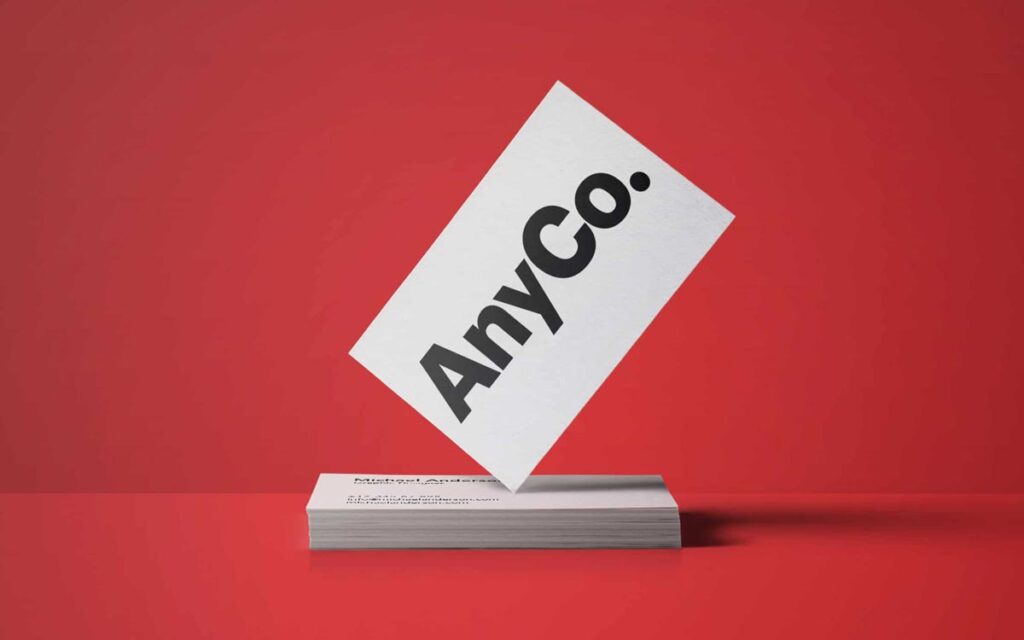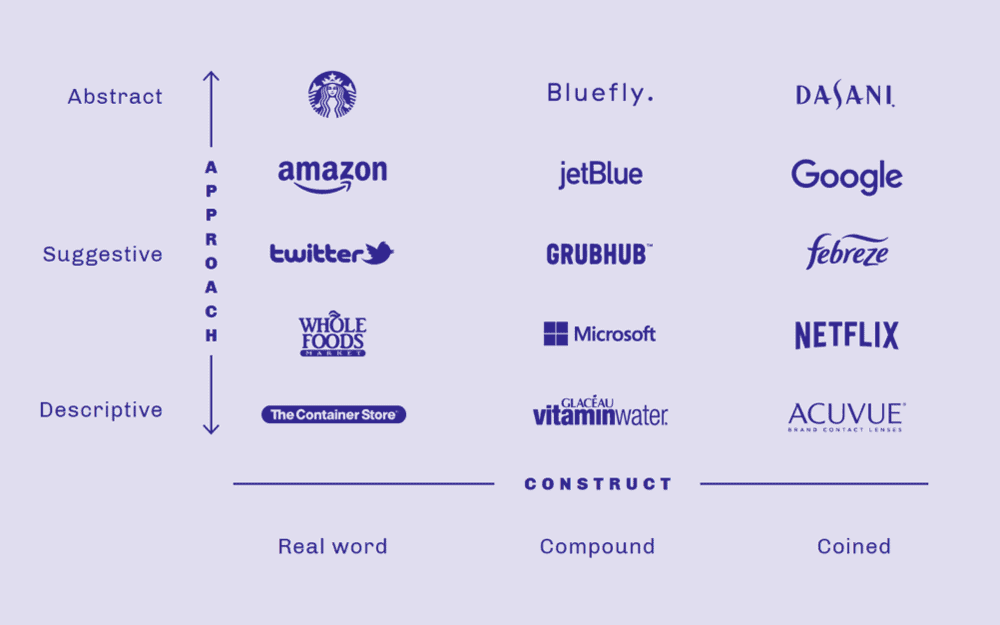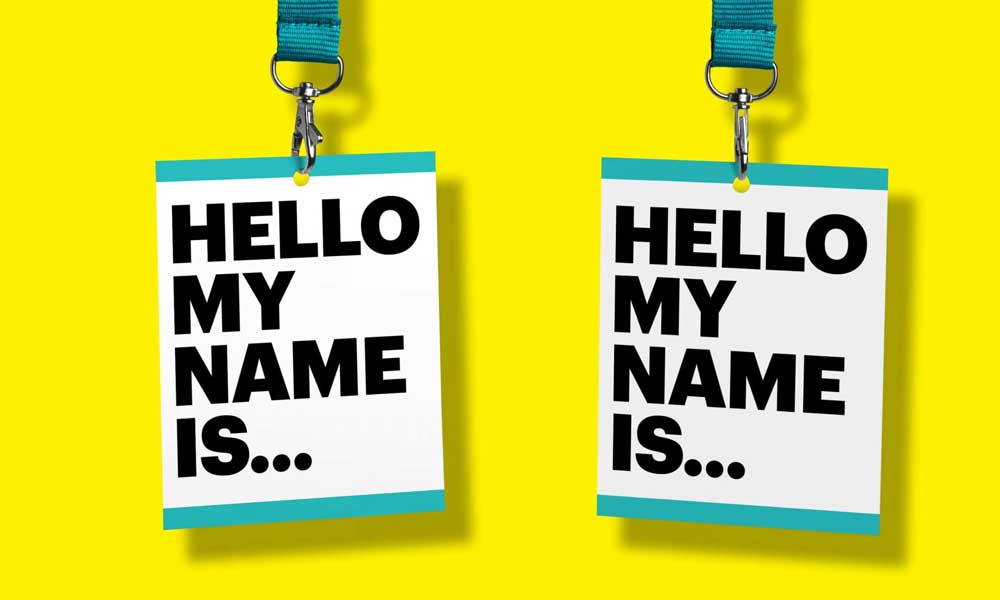The Art and Science of Naming a Brand
Coming up with the perfect brand name is part art, part science. A great brand name needs to check many boxes – it should be memorable, evocative, simple to spell and pronounce, protectable, and appropriate for the product, service, or company it represents. With so many requirements to balance, naming a brand can be complex. This comprehensive guide will walk you through the key considerations and steps in naming a brand.
Table of Contents
Defining Brand and Branding
Before diving into naming, let's step back and ensure we have a solid foundational understanding of what a brand is and what branding aims to achieve.
What is a Brand?
A brand is more than just a name or logo. It refers to the total perceptions, impressions, and experiences in customers' minds when encountering a product, service, or company. The image gets conjured up when people think of an offering.
A strong brand makes emotional connections and builds relationships between companies and customers. It also simplifies choice, creates value beyond just the functional product benefits, and provides peace of mind that encourages loyalty.
The Goals of Branding
The point of branding is not just to label a product but to create positive feelings, perceptions, and experiences that resonate with target audiences. Effective branding aims to:
- Create awareness and recognition
- Communicate critical values and attributes
- Differentiate from competition
- Connect emotionally with consumers and build trust
A name is the core of that branding, but it's just the starting point. The brand must permeate every customer touchpoint – from visual identity to messaging to overall look and feel. Still, choosing a name that aligns with strategy and supports branding objectives is crucial.
Key Brand Naming Considerations

There are many angles to evaluate as you develop name ideas for your brand. Remember the following checklist to focus on the characteristics that contribute to excellent brand naming.
Memorability
A unique, simple, short, and pleasant name sticks in people's memories best. Use mnemonic devices like rhyme, rhythm, alliteration and repetition to make it catchy.
Meaning and Relevance
Ideally, the name will reinforce your crucial brand attributes – what makes you different and better. It should match the product, service or company purpose.
Personality
The name should reflect the tone, attitude and image you want to portray – playful, serious, innovative, reliable, etc. Match your target audience's personalities, too.
Protectability
Ensure the name does not infringe on trademarks and can be defended from future infringement. Do thorough searches to confirm protectability.
Scalability
Assess if the name allows room to grow and expand over time across products, services and geographies.
Linguistic Ease
Choose a simple name to pronounce, spell and remember in your primary languages and geographies.
Cultural Sensitivity
Research meanings and connotations in local dialects and languages to prevent misinterpretation or offence.
Ownability & Differentiation
Ideally, your name is unique enough within your industry category to own exclusive mindshare and stand out from competitors.
Visual & Verbal Flexibility
Test the name's adaptability with various fonts, logo styles, and visual and verbal media.
Legal Availability
Thorough trademark screening is vital – the name must be registrable and defendable.
URL & Social Media Optimisation
Assess if websites, social media handles, and hashtags are available to allow seamless digital integration.
Following this comprehensive checklist will set you up to make a strong brand name selection.
6 Key Steps for Naming a Brand

Now that we've outlined important brand name considerations let's walk through the typical process for naming in six key steps:
- Set Goals & Parameters
- Brainstorm & Generate Ideas
- Screen & Refine Options
- Validate Remaining Choices
- Select Final Name
- Conduct Full Trademark Vetting & Registration
Step 1: Set Goals & Parameters
Start by aligning on strategy – what are your brand values, positioning, personality and attributes you want the name to reinforce? Define guiding principles and guardrails for brainstorming – like length, types of names in scope, and meanings to include or avoid. Outline requirements on protectability and linguistic needs based on geographic scope. Setting parameters upfront keeps the process focused.
Step 2: Brainstorm & Generate Ideas
With goals framed, start brainstorming! Generate a broad list of initial ideas using brand naming techniques like:
- Descriptive names – communicate key attributes
- Invented names – blend words or sounds in new ways
- Founders names
- Metaphors – indirectly related imagery
- Root words – connect to category terminology
- Prefixes/suffixes
- Evocative foreign words
- Mythology/nature/colour references
Capture all ideas, regardless of quality. Build on associations and free word connections to spark additional name options—schedule team sessions for collaborative riffing.
Step 3: Screen & Refine Options
Next, start filtering and refining the raw name list against your criteria checklist – memorability, meaning, expandability, etc. Identify favourites that meet requirements. Conduct consumer research through focus groups or surveys to gather external reactions. Continue tightening and enhancing promising candidates.
Step 4: Validate Remaining Choices
Conduct comprehensive name validations on your top 5-10 contenders before selecting the winner:
Linguistic Checks – Test pronounceability, spelling, and interpretation in your primary markets/languages.
Legal Checks – Engage professional services to vet regulatory and trademark availability thoroughly.
Digital Checks – Confirm websites, domains, social handles, and hashtags are available.
Consumer Checks – Quantitatively test how consumers respond to each finalist's name.
Step 5: Select the Final Name
With all the data gathered from your evaluations and diligence, determine which name ranks the highest against the criteria. Weigh the pros and cons amidst complex data, consumer feedback and gut reactions from leadership before granting the name crown!
Step 6: Conduct Full Trademark Vetting & Registration
Once you've chosen your name, submit trademark registration applications in relevant countries/categories to claim full legal rights – a critical final step before launch.
Now that you know the phased process for naming brands, let's discuss standard naming techniques in more detail.
Popular Brand Naming Techniques
Brand naming is a blend of strategic science and artful creativity. Various techniques can generate intriguing options. Common approaches include:

Descriptive Names
A straightforward descriptor naming style directly communicates a key brand attribute, benefit or positioning element. Examples like JetBlue, The Home Depot and PayPal instantly convey offerings. Pros are inherent meaning and recall. Cons could be less distinctiveness from competitors. But simplicity and clarity keep descriptive names famous for branding.
Invented Names
Invented names blend linguistics in novel ways with made-up words that are unique and ownable, though meaning is not inherent. Examples like Accenture, Lyft, and Xbox demonstrate invented names that become distinctive brand assets once their meaning is established through marketing. The downside is the challenge of communicating benefits once awareness builds. But freedom of associations makes invented names eternally intriguing.
Founders Names
Using founder names to honour history lends personality and purpose – think Disney, Dell, and Heinz. The equity of prominent founders can inspire trust. Just beware that founder names also come with human baggage. Overall, the familiarity of real people behind the brand builds connections.
Evocative Words
Glueing together evocative words as one name taps into imagery and emotions without direct descriptive meaning. Pairings like Citibank, Staples and Panera evoke ideas like cities, basics and bread to mind, while the words together don't directly name offerings. This technique requires marketing support to cement meaning but can yield brandable names.
Mythology/Nature/Colour References
Looking to mythology, nature, or colour names often sparks creative associations, too – Oracle, Titan Industries, and Violet candy brands tap into these pools. Nature and colour names also travel linguistically across geographies. These options must link back to attributes directly in branding stories.
While not comprehensive, these five naming techniques demonstrate primary methodologies. Experiment with blending approaches as inspiration strikes!
FAQs on Naming Brands
Naming brands prompts common questions on challenges, legalities, final decisions and more. Here are answers to the top five frequently asked questions:
How do you overcome creative blocks when naming?
Constantly build name candidate lists over time before needing names – maintain an innovation list to tap for ideas later. Schedule regular brainstorming sessions to spark new directions. Use name idea generators and conduct free word association exercises to get unstuck. Seek external naming consultants to provide an outside perspective.
What makes a brand name legally protectable?
Several criteria determine legal availability and protectability – names can be different from one another or confused with existing trademarks. It must be used as a brand name, not solely for decoration. And it requires distinctiveness – arbitrary, invented or having established secondary meaning. Meeting these standards allows for registering and enforcing trademark rights.
How do you decide between two potential names?
It's difficult when the choice gets narrowed down to two close contenders. At this phase, invest in quantitative consumer research – survey target demographics on attributes like memorability, appeal, relevance and purchase intent to see if data gives one name a clear edge. Weigh the pros and cons amidst complex data and leadership gut checks before making the final call!
Can you change names after building brand equity?
Yes, though changing established names with existing equity has a higher risk. Evolving startups or new offerings often begin with one name and then grow to another name later. But for established brands, customers get comfortable. Change may confuse them or dilute hard-earned equity. Still, history shows evolutions like Andersen Consulting to Accenture and BackRub to Google can succeed with adequate transition messaging.
Should brand names be universally global or locally unique?
Global name consistency builds efficiency and unity across markets, but nuances in meaning and linguistics across languages can trip up names that sound good in the originating language/culture. The increasing trend is adapting brand names country-by-country to be locally relevant while maintaining a connection to the parent global name. Airbnb is becoming Aibiying in China, tied to “welcome each other with love” vs generic translation.
The Power of a Great Brand Name
In closing, a fitting brand name is a strategically priceless asset driving awareness, personality, and differentiation, all in a legally ownable wordmark. Invest the time upfront following the naming process – align to strategy, brainstorm expansively, screen smartly, and validate thoroughly. Be ready to stick with a few final options during registration if the first choice hits snags in acquiring legal rights. With consumer testing and trademark protection confirmation, you'll have confidence in launching your new brand name far and wide.
Now, go forth to build the next great brand beloved by millions! The name you choose is just the beginning of crafting a game-changing customer experience. Still, the memorable moniker will be the recognisable rally cry signalling your epic brand while evoking fond affinity for fans. What memories will your new creation spark in the decades to come?
